alwepo.com, In the competitive world of manufacturing, particularly in injection molding, securing the most effective cost on shot molds can be a game-changer. Cost management in this area involves balancing quality, efficiency, and expense to ensure the end product is both economically viable and of high quality. Here, we explore five crucial techniques to safeguard the most effective cost on shot molds, integrating insights from industry best practices and leveraging SEO (Search Engine Optimization) and NLP (Natural Language Processing) techniques for comprehensive understanding and applicability.
Injection molding is a cornerstone process in manufacturing, used for producing a vast array of products with precision and efficiency. The cost of shot molds, the molds used in this process, can significantly impact overall production costs. Therefore, it’s vital for businesses to adopt strategies that ensure these costs are minimized without compromising on quality. This article delves into five essential techniques that can help manufacturers safeguard the most effective cost on shot molds.
Technique 1: Optimize Mold Design
Understanding Mold Design
Optimizing mold design is fundamental to reducing costs. A well-designed mold not only ensures efficient production but also minimizes waste and reduces cycle times.
Key Considerations in Mold Design
- Material Selection: Choose the right material for the mold. High-quality materials may have a higher upfront cost but can reduce long-term expenses by increasing the mold’s lifespan.
- Design for Manufacturability (DFM): Ensure the mold design is compatible with manufacturing processes. Simplified designs with fewer intricate details can reduce machining time and costs.
- Cooling System Design: Efficient cooling systems can significantly reduce cycle times, enhancing productivity and reducing costs.
Case Study: Improved Mold Design in Automotive Parts Manufacturing
An automotive parts manufacturer re-evaluated their mold designs and implemented a new cooling system that reduced cycle time by 20%. This change led to a 15% reduction in overall production costs.
Technique 2: Regular Mold Maintenance
Importance of Mold Maintenance
Regular maintenance of molds is critical to preventing breakdowns and ensuring consistent quality. Neglecting maintenance can lead to increased downtime and higher repair costs.
Maintenance Strategies
- Scheduled Inspections: Regularly inspect molds for wear and tear. Early detection of issues can prevent costly repairs.
- Cleaning and Lubrication: Keep molds clean and well-lubricated to avoid corrosion and wear.
- Precision Repairs: Address minor issues promptly to avoid major repairs.
Case Study: Cost Savings Through Preventative Maintenance
A plastic container manufacturer implemented a rigorous maintenance schedule, reducing unplanned downtime by 30% and saving thousands in emergency repair costs annually.
Technique 3: Leveraging Advanced Manufacturing Technologies
Adoption of Advanced Technologies
Integrating advanced manufacturing technologies can enhance mold production efficiency and reduce costs.
Technologies to Consider
- Additive Manufacturing (3D Printing): Allows for rapid prototyping and the production of complex mold geometries that are difficult or expensive to achieve with traditional methods.
- Computer-Aided Design (CAD) and Computer-Aided Manufacturing (CAM): These tools streamline the design and manufacturing process, reducing errors and enhancing precision.
- Automation and Robotics: Implementing automation can increase production speed and consistency, reducing labor costs and material waste.
Case Study: 3D Printing in Mold Production
A medical device manufacturer utilized 3D printing for mold production, reducing lead time by 40% and overall production costs by 25%.
Technique 4: Strategic Supplier Partnerships
Building Strong Supplier Relationships
Establishing strong relationships with suppliers can lead to cost savings through better pricing, improved quality, and reliable delivery schedules.
Strategies for Effective Supplier Management
- Long-term Contracts: Negotiate long-term contracts to secure better pricing and ensure a steady supply of materials.
- Supplier Audits: Regularly audit suppliers to ensure they meet quality standards and can scale production as needed.
- Collaborative Development: Work closely with suppliers during the development phase to optimize materials and processes.
Case Study: Collaborative Supplier Relationships in Consumer Electronics
A consumer electronics manufacturer partnered with a key supplier to co-develop molds, resulting in a 10% reduction in material costs and improved mold quality.
Technique 5: Cost Analysis and Continuous Improvement
Importance of Cost Analysis
Conducting regular cost analysis helps identify areas for improvement and ensures that cost-saving measures are effective.
Approaches to Cost Analysis
- Activity-Based Costing (ABC): Analyze costs associated with specific activities to identify inefficiencies and potential savings.
- Benchmarking: Compare costs and processes against industry standards to identify best practices and areas for improvement.
- Kaizen: Implement continuous improvement practices to foster a culture of cost-saving and efficiency.
Case Study: Continuous Improvement in Industrial Equipment Manufacturing
An industrial equipment manufacturer adopted Kaizen principles, leading to a 5% annual reduction in production costs through ongoing small improvements.
Securing the most effective cost on shot molds is essential for maintaining competitiveness in manufacturing. By optimizing mold design, implementing regular maintenance, leveraging advanced technologies, building strong supplier partnerships, and conducting regular cost analysis, manufacturers can achieve significant cost savings while ensuring high-quality production.


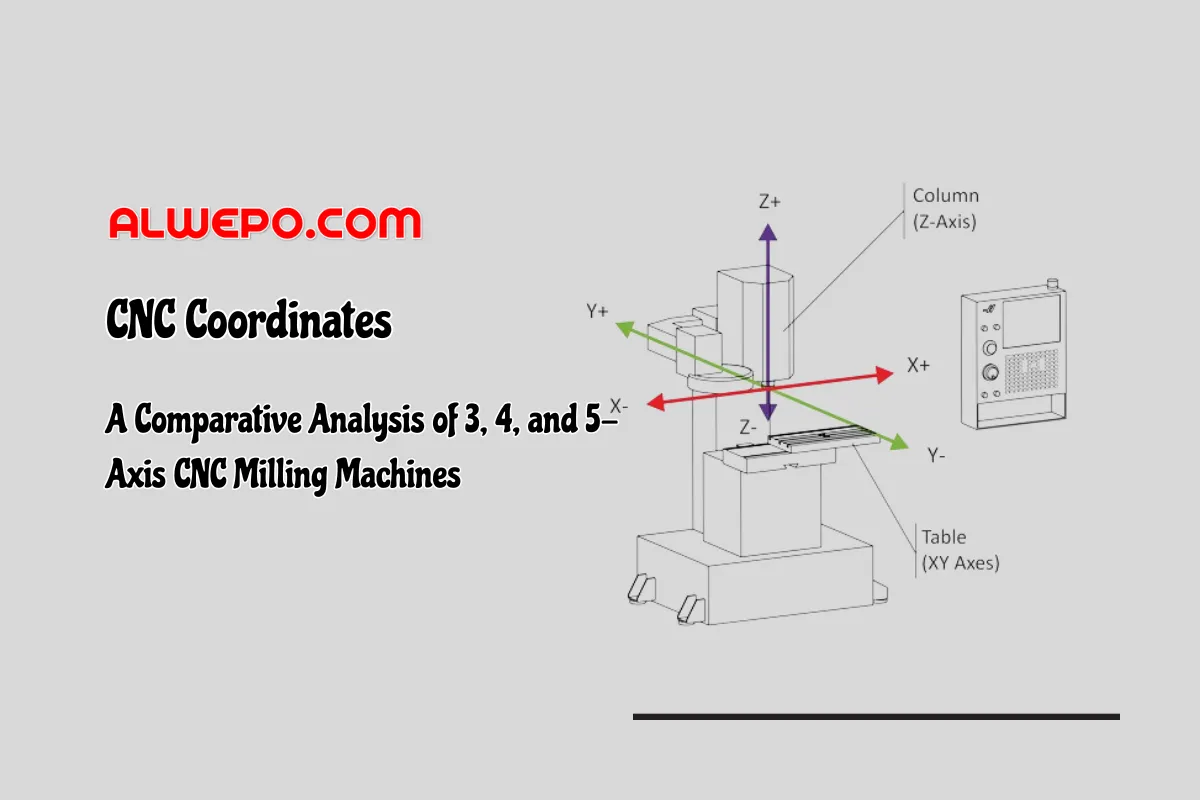

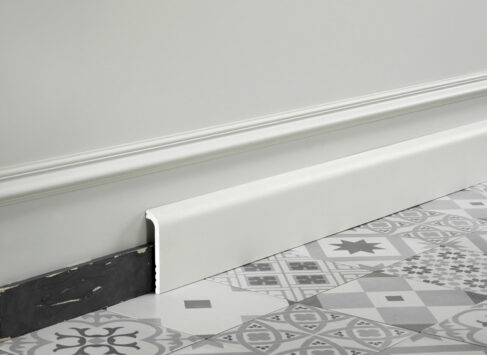




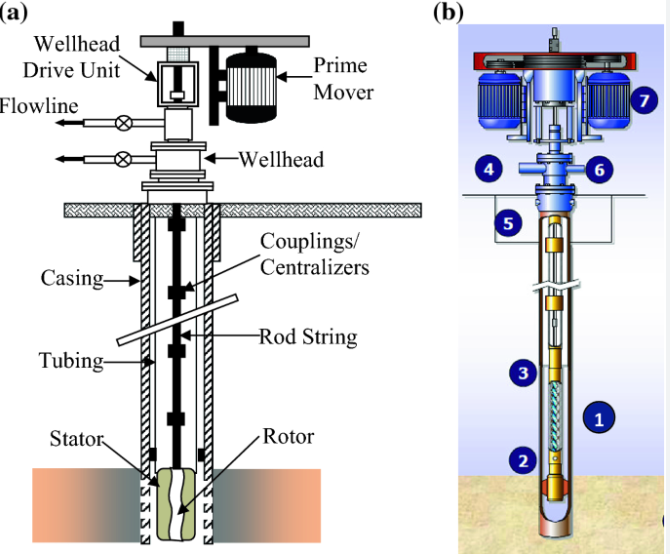


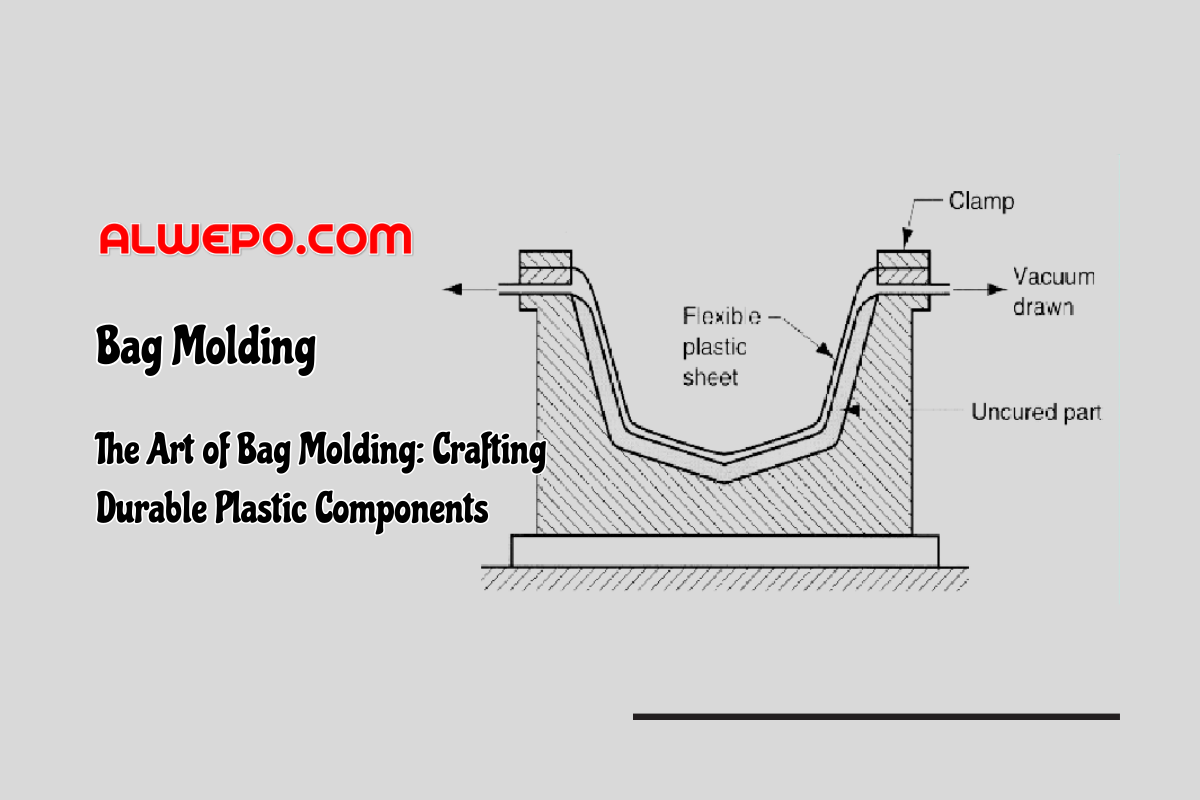

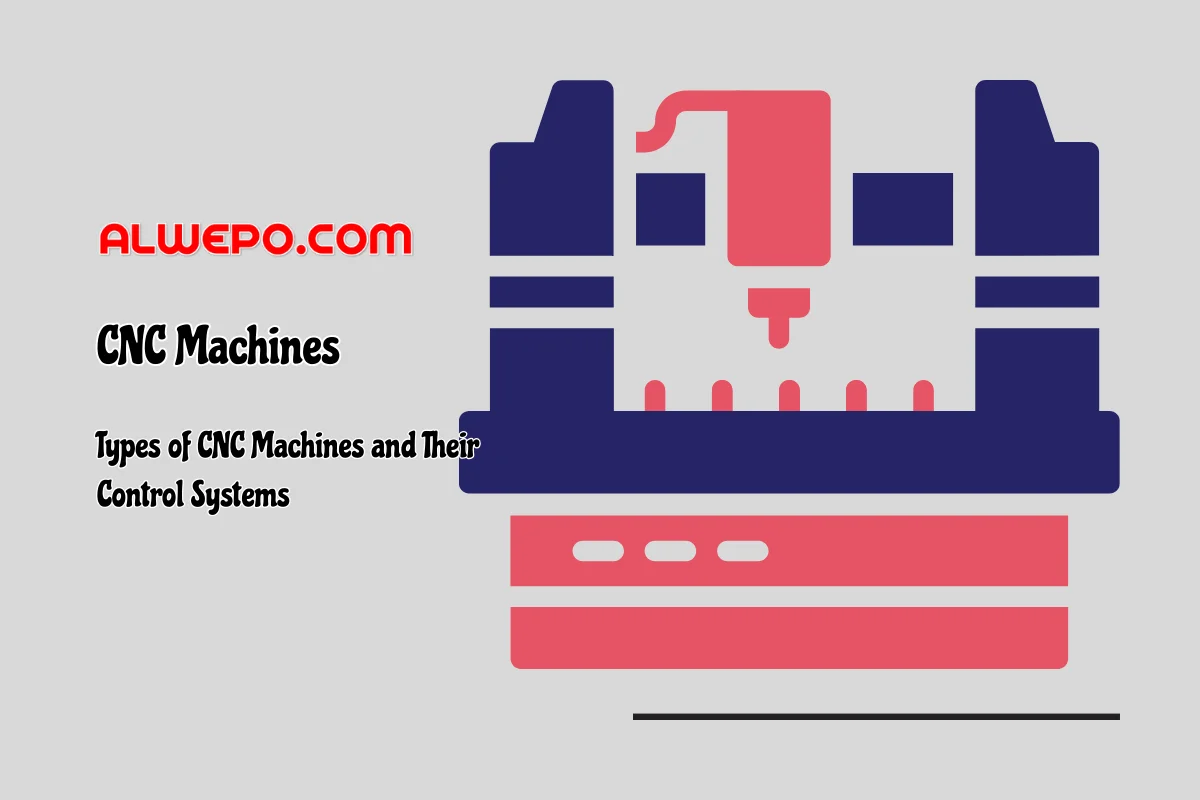


Leave a Reply
View Comments